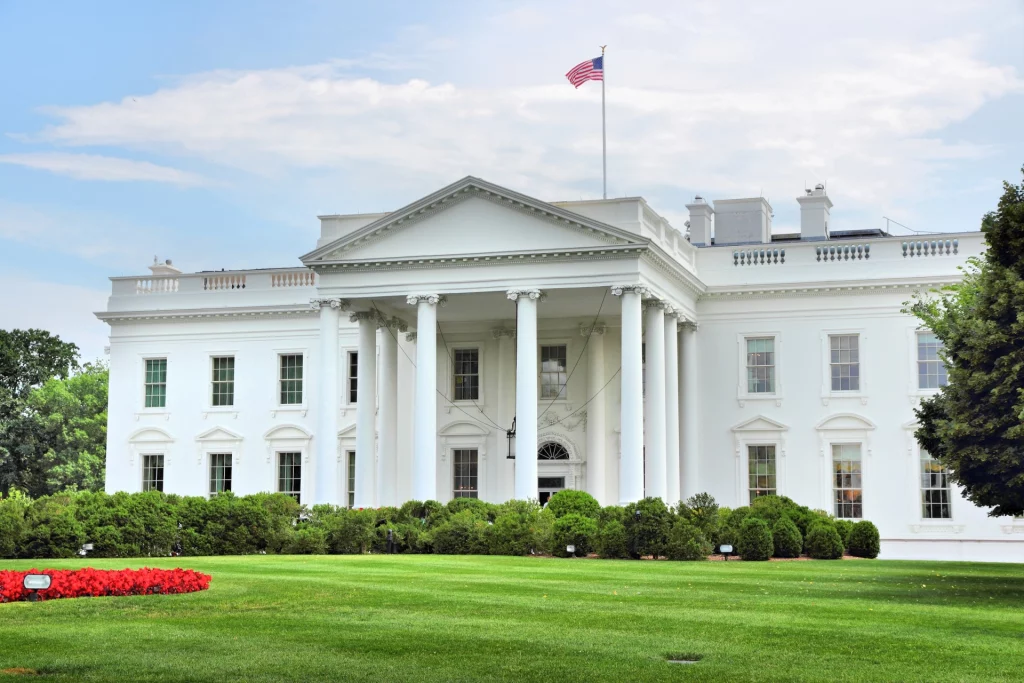Jan 12, 2023
The Year that America Turned the Corner on Climate & Clean Energy

Sandesh Kadur, India. Photo from nature.org.
Could it be that 2022 was the year the United States finally got serious about tackling climate change by developing clean energy?
To put America’s approach in context, worldwide, in 2022 more governments made commitments to install enough solar and wind power to cut their use of fossil fuels significantly.
“Government responses around the world promise to make this a historic and definitive turning point towards a cleaner, more affordable and more secure energy system,” says Fatih Birol of the International Energy Agency.
In April, the Intergovernmental Panel on Climate Change announced in their sixth big assessment of the state of the climate that current international efforts would be not sufficient to prevent the earth from warming more than 1.5 degrees Celsius, a dangerous tipping point. The report also stated that the level of greenhouse gas emissions will have to decrease 43% by 2030 to limit global heating to relatively safe levels.
This report along with dangerous heatwaves, wildfires and storms pushed nations to take more serious action on climate and energy. For example, the European Union increased their goal for renewables to 45% by 2030 and provided the budget to make it happen.
What did the US do? We passed the Inflation Reduction Act.
Don’t let the name fool you. This law is a big collection of federal programs that’s less focused on keeping prices down for consumer goods than it is about cutting America’s climate pollution by encouraging energy efficiency and clean energy.
U.S. Inflation Reduction Act

The Inflation Reduction Act is a huge piece of legislation with hundreds of programs to help Americans recover economically from the pandemic and also to transition to clean energy. Establishing a goal to reduce climate emissions by 40% by 2030, the IRA did a few key things for solar power and other renewable energy sources including:
- Expanding and extending tax credits
- Creating job training programs in clean energy manufacturing and installation
- Offering special help for to improve energy efficiency and build clean energy in low-income communities and those connected to the fossil fuel industry
- Removing barriers to community solar
The IRA also offers funding for transitioning to electric vehicles to schools and communities, along with the U.S. Postal Service and other governmental fleets.
Compared to the patchwork of underfunded programs from the past, the IRA offers unprecedented levels of federal support to encourage American families, communities and businesses to embrace clean technology. Families that update their homes with heat pumps and rooftop solar while parking an EV in the garage can qualify for tens of thousands of dollars in federal incentives. And, as in the past, low-income households qualify for special funding to upgrade household appliances from stoves to HVAC to refrigerators.
With new funding through the IRA, this year, in 2023, Americans will have more help than ever from Uncle Sam to realize their new year’s resolutions to do more for the environment.
Add Going Green to Your 2023 Resolutions
With new tax credits and other incentives in the IRA, households and businesses interested in saving energy and using clean power can finally afford to get the clean technologies that they’ve been planning for years. Take these three big ones, for example:
Heat Pumps
Heat pumps are an efficient and proven way to reduce the amount of energy used in buildings. IRA tax credits can reduce the cost by 30% up to $2,000.
Electric Vehicles
Consumers can now receive up to $7,500 in tax credits if they purchase an electric car or light truck. Businesses can qualify for up to $40,000 to buy a bigger electric vehicle like a delivery truck, van or bus.
Rooftop Solar
In 2023, the Solar Investment Tax Credit was increased and extended. Those who install a PV system between 2022 and 2032 will receive a 30% tax credit. That will decrease to 26% for systems installed in 2033 and to 22% for systems installed in 2034. If you’ve already installed a system in 2022, your tax credit has increased from 22% to 30% if you haven’t already claimed it. Solar + storage incentives to connect batteries to a solar system have also increased.

Here at Secure Solar we’ve seen the steady growth of rooftop solar power grow each year, admittedly in fits and starts connected with the coming and going of federal incentives. The IRA will add stability and predictability that will encourage more buyers to go solar. With the 30% Solar ITC extended for ten years (and then phased out at high levels for two years after that), we are expecting to see an explosion of solar power far bigger than what would have been possible relying on economies of scale and technology improvements alone.
Together, all the clean energy programs in the IRA will make solar more and more affordable each year for more than a decade into the future, finally helping to level the playing field with the massive federal incentives that traditional energy sources have received for decades.
The difference is that now America is finally putting real investment into clean energy that will slow climate change, rather than dirty energy that will only make the climate worse. For that reason, the benefits of the IRA extend far beyond clean energy and millions of good American jobs into a serious effort to ensure a livable future. And despite the weird weather, that makes 2022 a historic year for climate action.